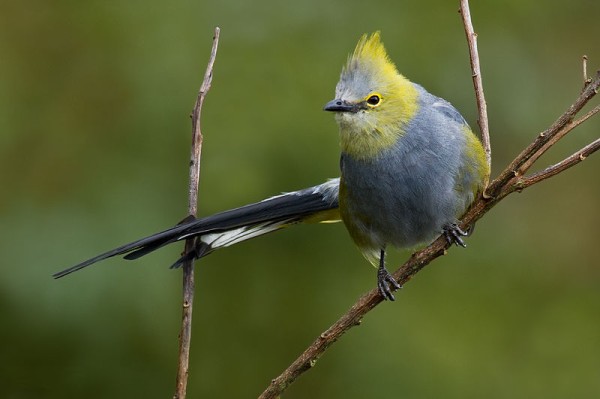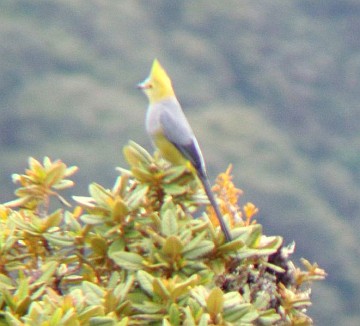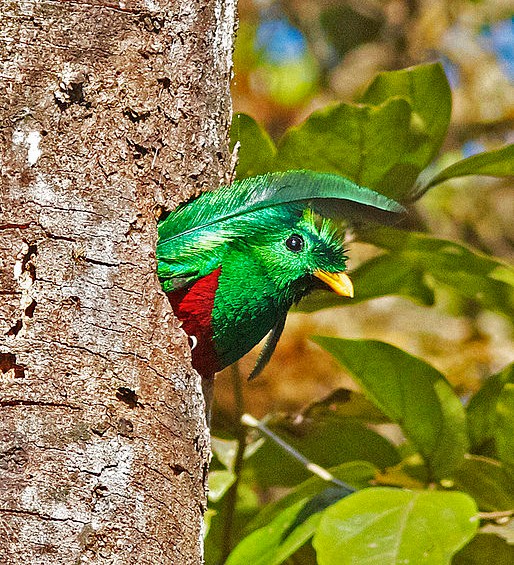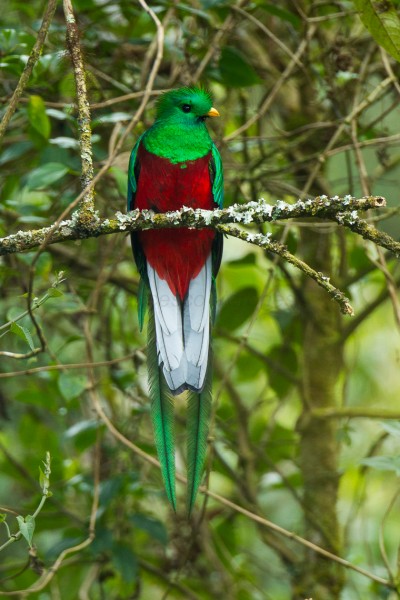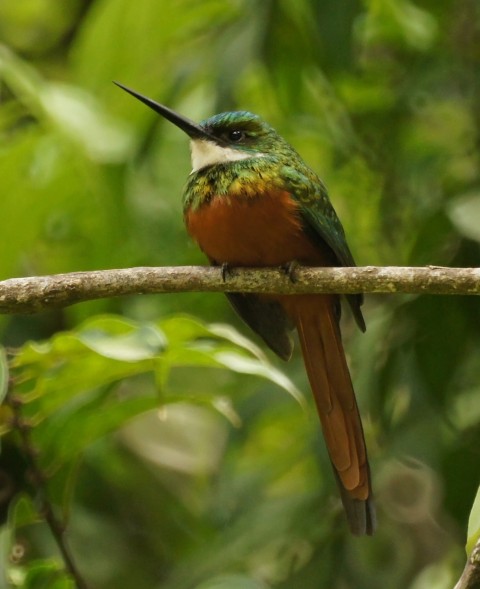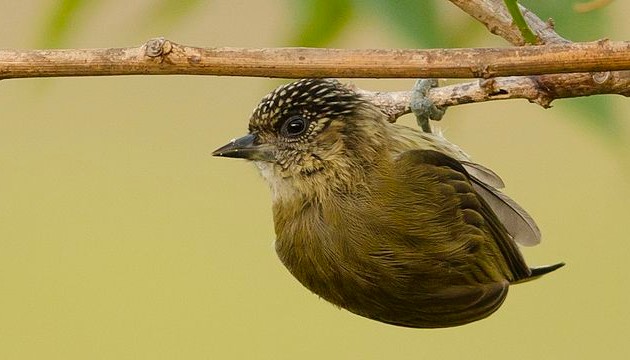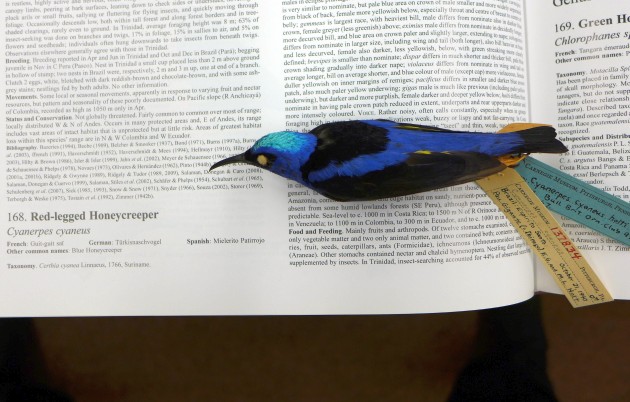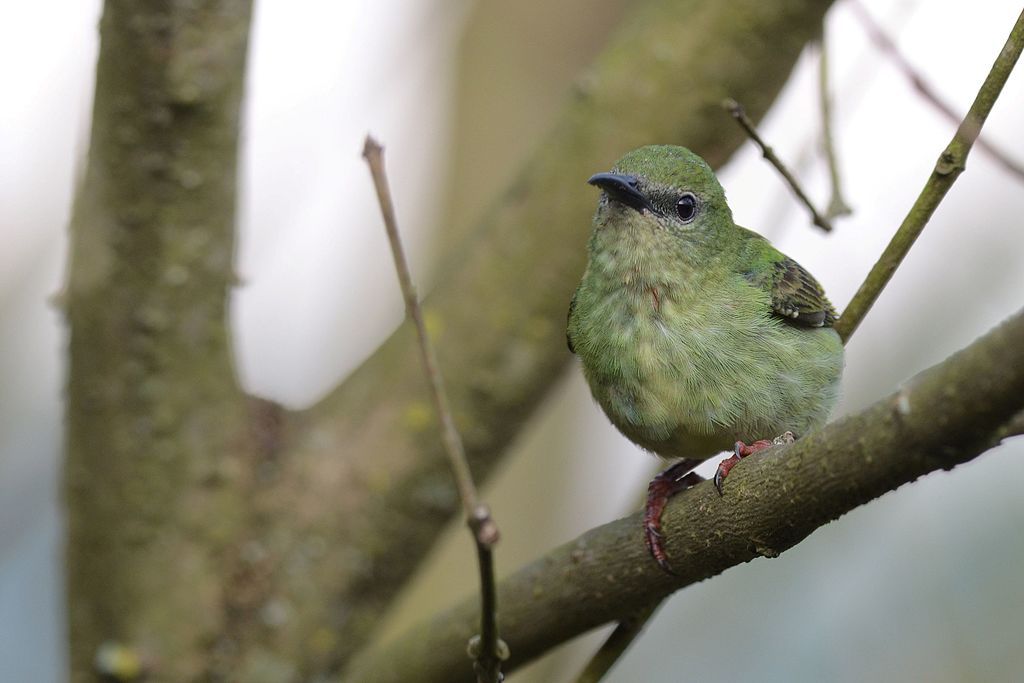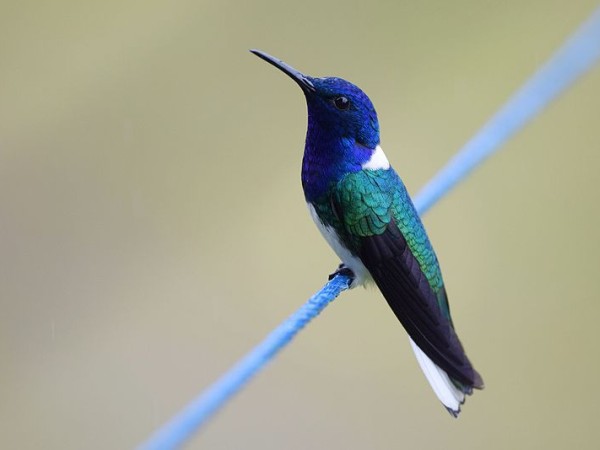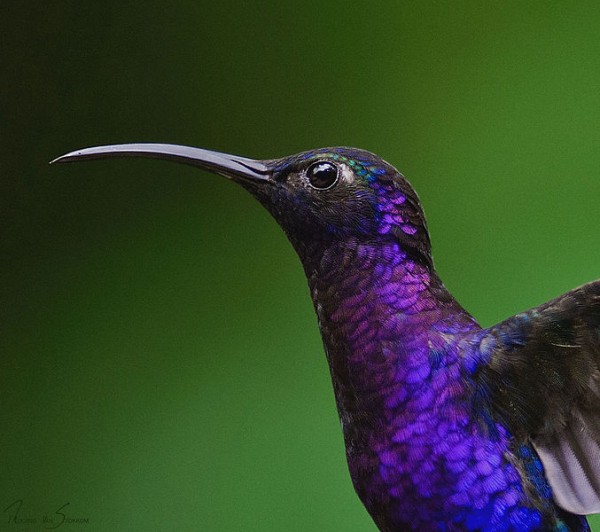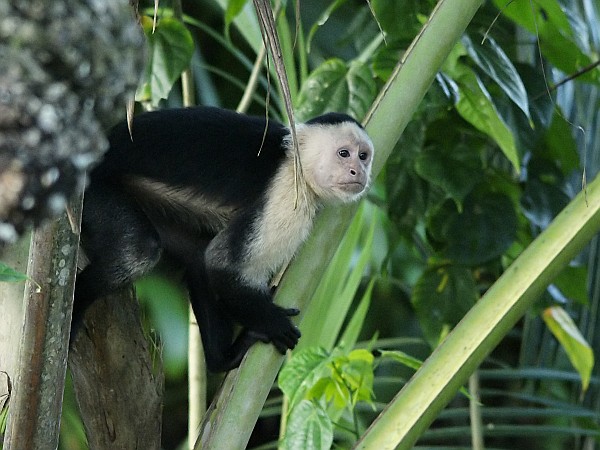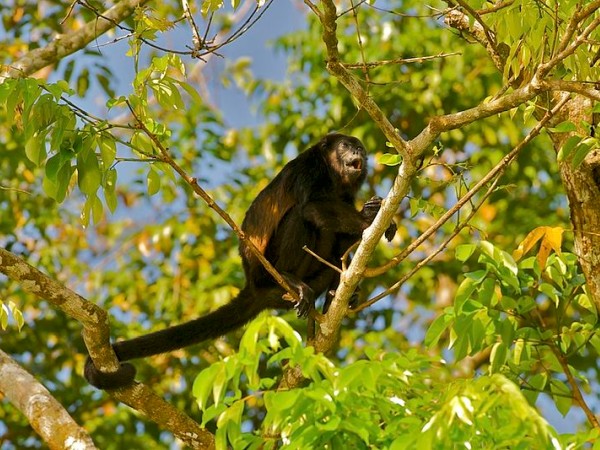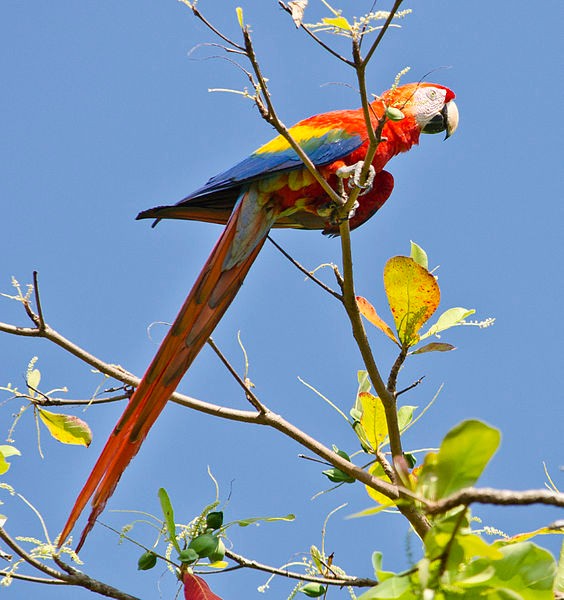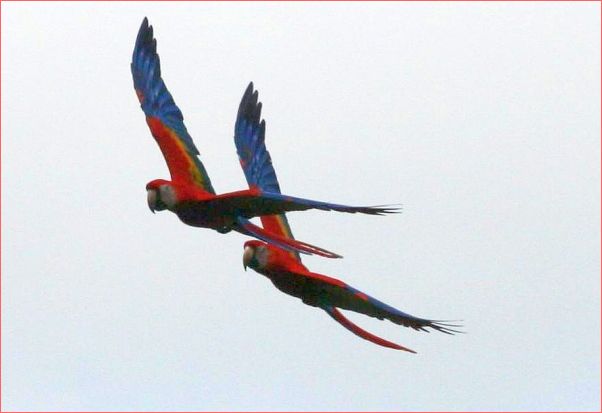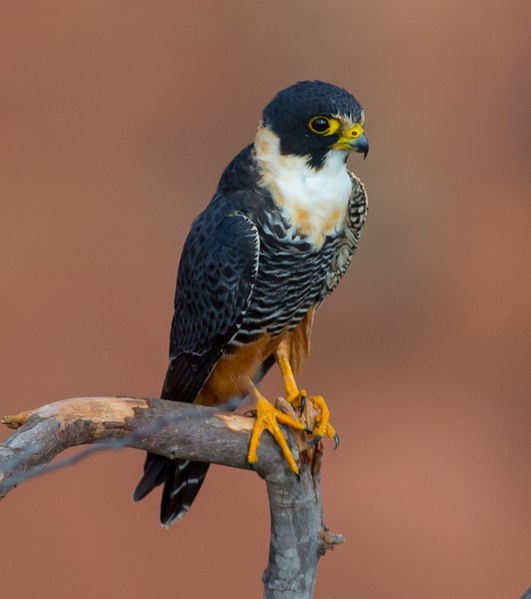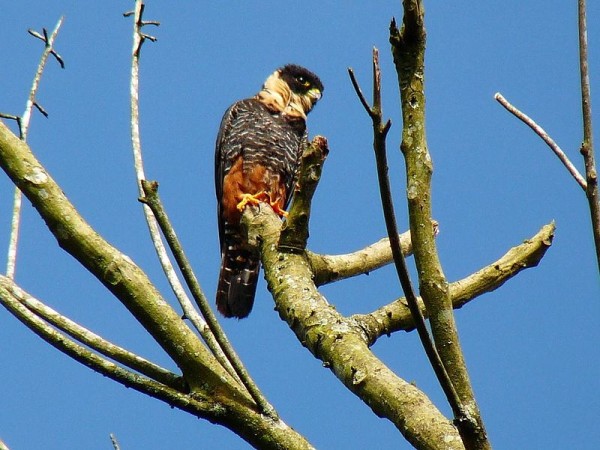
On a birding trip to Costa Rica:
While looking for birds in Costa Rica it’s impossible to ignore the magnificent butterflies. Though February is a slow time for them there are many wonders to see. Here are just three of Costa Rica’s 1,500 species.
The common blue morpho (Morpho peleides), pictured above, is one of 29 species in the Morpho genus. Huge and beautiful with a wingspan of 5 to 8 inches, its color comes not from pigment but from the blue light reflected by its dorsal scales. It hides from predators by closing its wings to show off its spotted brown ventral side (click here to see). In the rainforest it flashes blue — on and off — as it flaps its wings.
The glasswinged butterfly (Greta oto) has no problem hiding since most of its 2.2 – 2.4 inch wingspan is transparent. But does it need to hide? Perhaps not. Its caterpillar host plant is Cestrum, a member of the toxic nightshade family that probably makes these butterflies poisonous.

With an 8 inch wingspan the owl butterfly (Caligo memnon) is the largest in Costa Rica. It earned its name from the large ventral spot that looks like an owl’s eye, perhaps reinforced by its crepuscular habits. Its caterpillars feed on Heliconia and bananas, so this butterfly is sometimes considered an agricultural pest. Alas!

Butterflies are most plentiful in Costa Rica during the rainy season, June to November, so I’ll have to come back later if I want to see more.
Goodbye, butterflies. I’m flying home today.
(photos from Wikimedia Commons)
Day 10: Fly home



